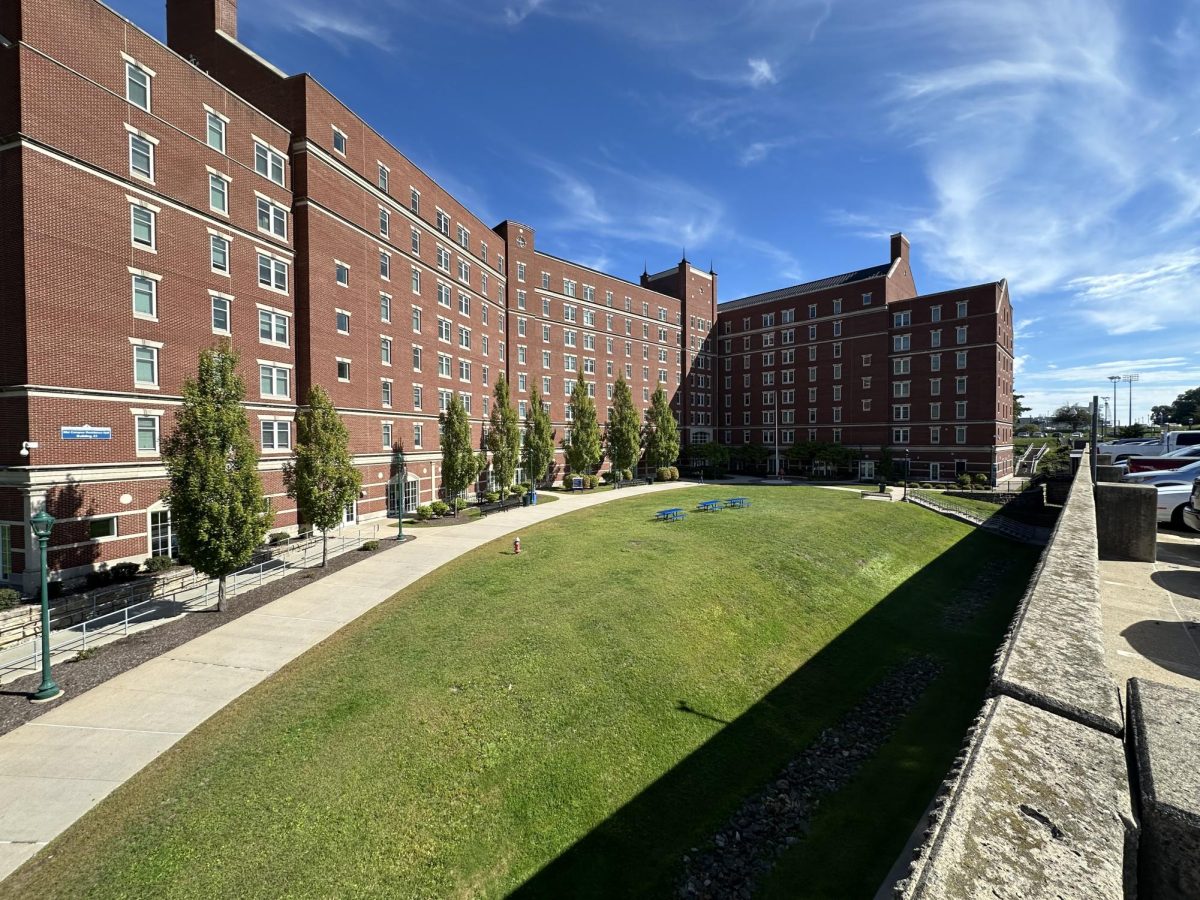
By Jonathan Stankiewicz
At the end of last semester, the Student Center had two hydration stations installed to encourage the use of reusable water bottles on campus.
The stations, one by Devil’s Den entrance and the other directly across from the bookstore, aim to cut down on bottled water. On the side of each unit there is a number readout of how many plastic bottles that have been saved.
The water is both chilled and filtered, said Student Center Director Otis Mamed. The device is hands-free and won’t run for more than 30 seconds on each fill.
Mamed said the idea for the hydration stations stemmed from over a year ago when the sustainability committee on campus had a focus on water. In addition, a couple of students saw bottle filling stations at a conference and called it to Mamed’s attention. So he started looking around on the internet.
He took the idea, researched a little, and brought it to the Student Union Board of Governors. They loved the idea.
“Nothing is simple,” said Mamed. “The codes for the number of drinking fountains you have in a building are based on the number of people (traffic) so that there is a minimum requirement.”
At first, Mamed was looking to just install filling stations as stand alone units, but with the code he had to find a unit that had both a water filling station and a regular water fountain with it.
Having to find a company that made a filling station with a regular water fountain that could fit into the old water fountain location with the same dimensions wasn’t easy, Mamed said.
“We installed one in the end of May and the other in the beginning of June,” Mamed said. “And already people are going nuts; everybody loves it.”
Faculty and students from other buildings on campus want the new stations in their buildings, said Mamed.
“We figured out how to fund it out of the Student Center budget and we actually have a certified worker to install the station,” Mamed said.
If other buildings are looking to try to get the new stations, Mamed is not the person to go to because it’s not up to him.
According to Mamed, the cost of the device was a little under $1,000 each and, with labor and some plumbing parts, they cost about $2,400 total to install.
Already, the stations have saved about 5000 bottles from being used and potentially thrown into the environment.

